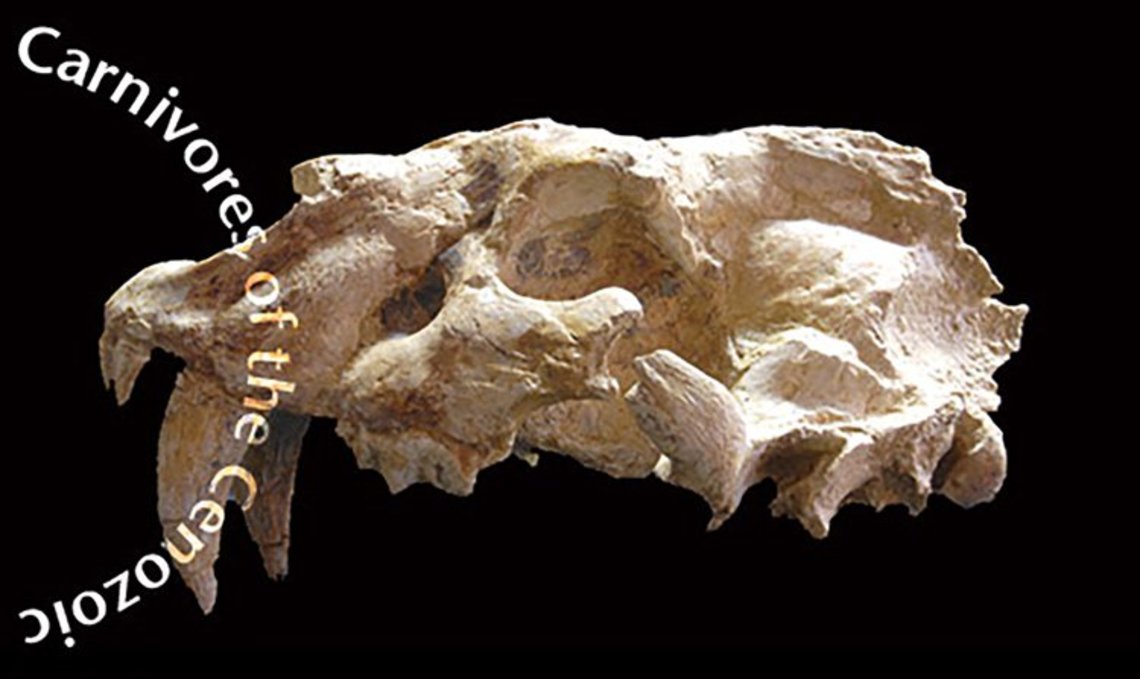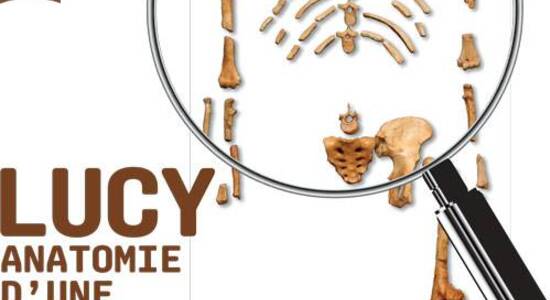Publication Géodiversitas
Publié par Laboratoire PALEVOPRIM, le 3 juillet 2020 750
The saber-toothed cat Homotherium latidens (Owen, 1846) from the lower Pleistocene locality Dafnero, Western Macedonia, Greece
The homotheres, although known from the Greek fossil record since the beginning of the 1930’s, have only been recorded from fragmentary material, sometimes undescribed and with questionable determinations. In 2017, the discovery of an almost complete cranium and a fairly complete humerus of a machairodontine in Dafnero-3, a lower Pleistocene site from Western Macedonia (Greece), confirm the presence of homotheres in Greece. The Dafnero-3 material is described and compared with Eurasian specimens. We conclude that in morphology and size the Dafnero-3 specimen coincides with Homotherium latidens (Owen, 1846). The taxonomy, geographic and stratigraphic distribution of Homotherium Fabrini, 1890 is also discussed. A biostratigraphic revision gives the distribution of the genus in Greece. Homotherium is referred from six Greek localities and its distribution covers the time span from the early Villafranchian (early Villafranchian, locality Milia, Western Macedonia; MN16, 3.0-2.5 Ma) to the middle Pleistocene (locality Tourkovounia near Athens, c. 0.4 Ma).
Références
George D. KOUFOS, Dimitris S. KOSTOPOULOS & Gildas MERCERON – The saber-toothed cat Homotherium latidens (Owen, 1846) from the lower Pleistocene locality Dafnero, Western Macedonia, Greece – GEODIVERSITAS 42 (10) – Pages 139-149. https://doi.org/10.5252/geodiversitas2020v42a10




